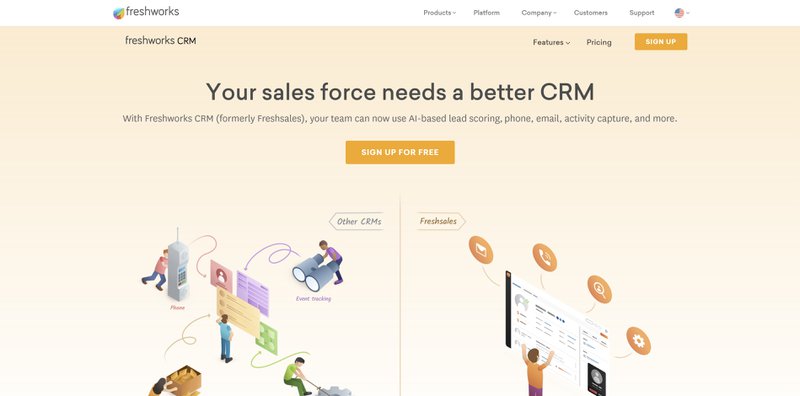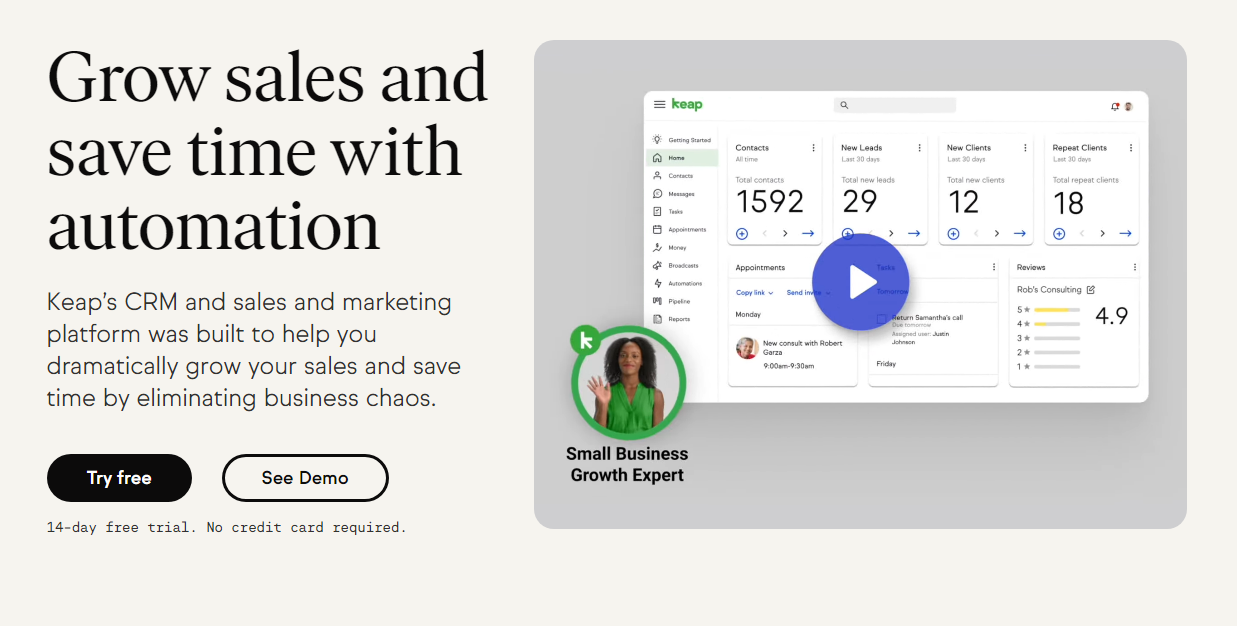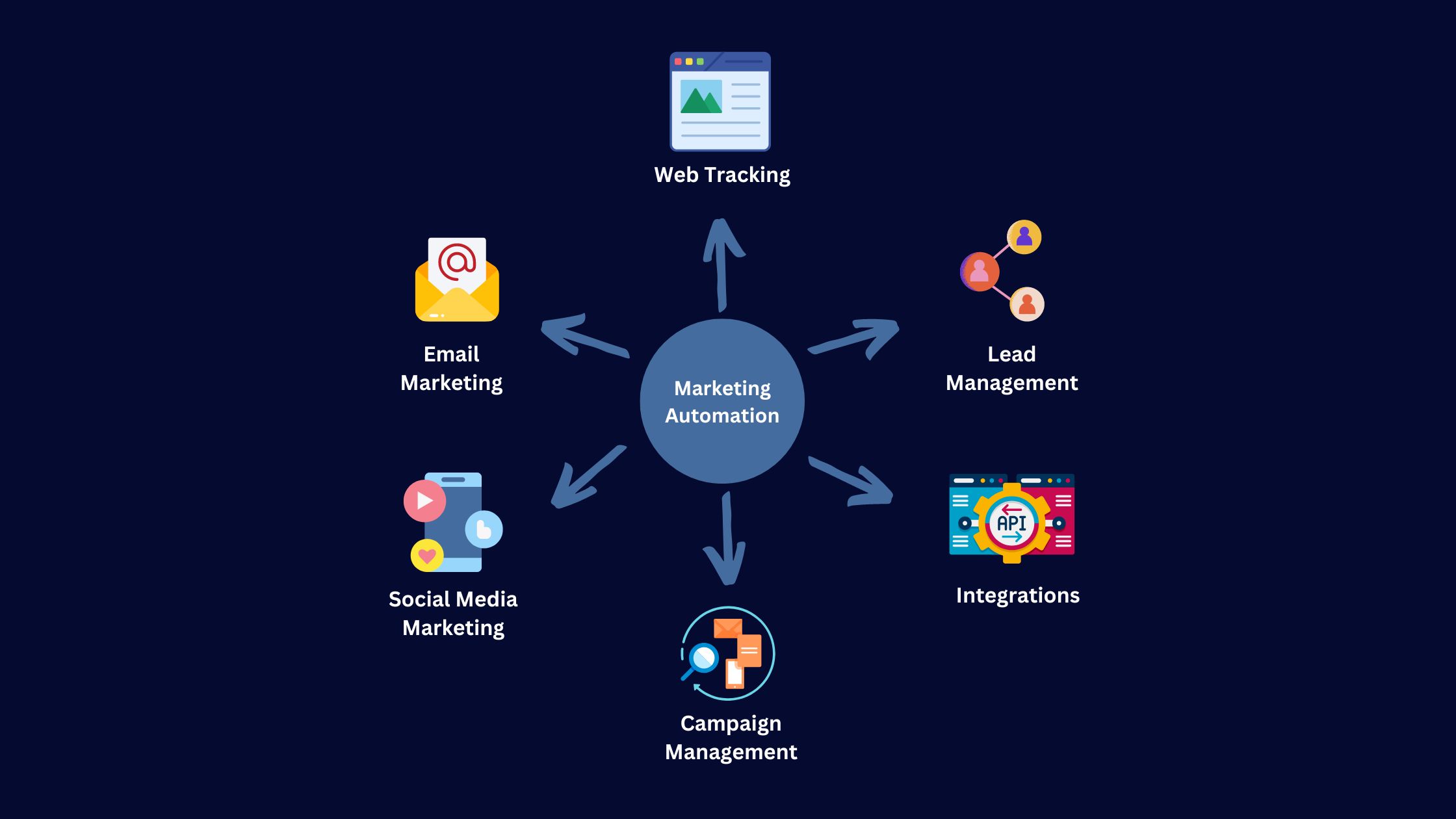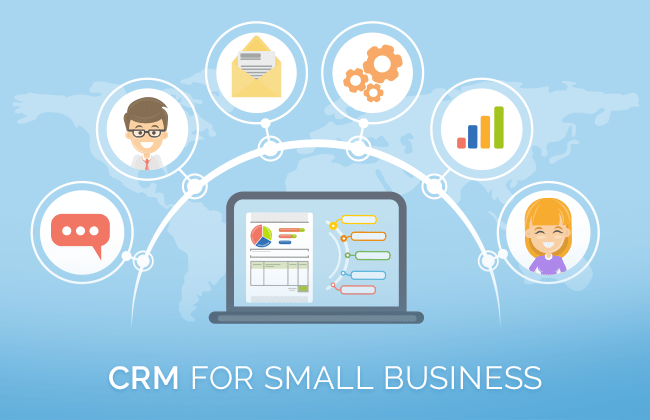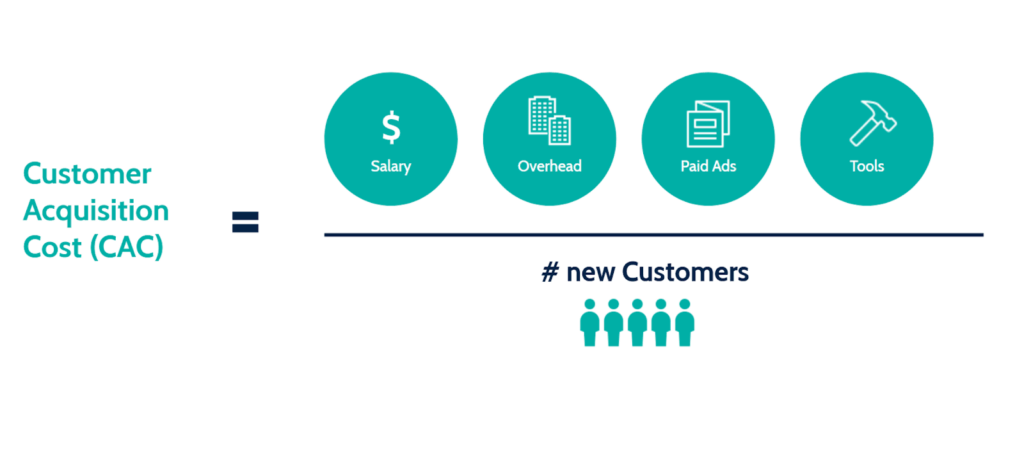
In the dynamic world of marketing, where data reigns supreme, understanding and leveraging Customer Relationship Management (CRM) marketing metrics is no longer optional; it’s a necessity. These metrics are the compass guiding businesses toward sustainable growth, helping them navigate the often-turbulent waters of customer acquisition, retention, and overall profitability. This comprehensive guide delves deep into the core of CRM marketing metrics, providing actionable insights and strategies to transform raw data into a powerful engine for success. We’ll explore what these metrics are, why they matter, and, most importantly, how to use them to drive tangible results.
The Foundation: What are CRM Marketing Metrics?
CRM marketing metrics are essentially the quantifiable measurements that track the performance of your marketing efforts within your CRM system. They provide a 360-degree view of your customer interactions, enabling you to assess the effectiveness of your campaigns, identify areas for improvement, and ultimately, optimize your marketing strategy for maximum impact. They go beyond simple vanity metrics like website traffic and social media likes; they delve into the core of customer behavior and its correlation with your bottom line.
Think of it like this: you’re building a house. CRM marketing metrics are the blueprints, the measurements of the foundation, the quality of the materials, and the speed of construction. Without these metrics, you’re essentially building blind, hoping for the best. With them, you have a clear roadmap to success.
Why CRM Marketing Metrics Matter: The Power of Data-Driven Decisions
In today’s competitive landscape, data is the lifeblood of informed decision-making. CRM marketing metrics empower businesses to:
- Understand Customer Behavior: Track how customers interact with your brand, from initial contact to purchase and beyond. This includes everything from website visits and email opens to product purchases and customer service interactions.
- Measure Campaign Effectiveness: Determine which marketing campaigns are generating the most leads, conversions, and revenue. This allows you to allocate your resources more efficiently and focus on what works.
- Improve Customer Retention: Identify at-risk customers and proactively address their concerns, ultimately reducing churn and increasing customer lifetime value.
- Personalize Customer Experiences: Gain insights into customer preferences and tailor your marketing messages accordingly, leading to higher engagement and conversion rates.
- Optimize Marketing Spend: Make data-driven decisions about your marketing budget, ensuring that you’re investing in the channels and campaigns that deliver the best results.
- Forecast Future Performance: Use historical data to predict future trends and make informed decisions about your marketing strategy.
Ignoring CRM marketing metrics is akin to flying a plane without instruments. You might get lucky, but the chances of a successful landing are significantly reduced. By embracing these metrics, you’re equipping yourself with the tools you need to navigate the complexities of the market and achieve your business goals.
Key CRM Marketing Metrics to Track: A Deep Dive
Now, let’s delve into the specific metrics that are crucial for understanding your CRM marketing performance. These metrics can be broadly categorized, but in reality, they often overlap and influence each other. We’ll explore each category and provide examples of the most important metrics to track.
1. Customer Acquisition Metrics
These metrics focus on the cost and effectiveness of acquiring new customers. They help you understand how well your marketing efforts are attracting new leads and converting them into paying customers.
- Cost Per Acquisition (CPA): This metric measures the total cost of acquiring a new customer. It’s calculated by dividing the total marketing spend by the number of new customers acquired. A lower CPA indicates a more efficient customer acquisition process.
- Customer Acquisition Cost (CAC): Similar to CPA, CAC focuses specifically on the cost associated with acquiring a customer. It’s a crucial metric for assessing the profitability of your marketing campaigns. CAC is often calculated by dividing the total marketing and sales expenses by the number of new customers acquired over a specific period.
- Conversion Rate: This metric measures the percentage of leads that convert into customers. It’s a crucial indicator of your sales funnel’s effectiveness. Conversion rates can be measured at various stages of the funnel, such as website visitors to leads, leads to opportunities, and opportunities to customers.
- Lead Conversion Rate: This metric specifically tracks the percentage of leads that convert into paying customers. It provides a direct measure of the effectiveness of your lead nurturing efforts.
- Marketing Qualified Leads (MQL) to Sales Qualified Leads (SQL) Conversion Rate: This measures the percentage of marketing-generated leads that are deemed qualified by the sales team. A high conversion rate indicates alignment between marketing and sales and effective lead qualification processes.
- Website Traffic-to-Lead Conversion Rate: This percentage reflects the effectiveness of your website in generating leads. It’s calculated by dividing the number of leads generated by the total website traffic.
2. Customer Engagement Metrics
These metrics measure how customers interact with your brand and the level of their engagement. High engagement often correlates with increased customer loyalty and lifetime value.
- Website Bounce Rate: This metric measures the percentage of visitors who leave your website after viewing only one page. A high bounce rate can indicate that your website content isn’t relevant or engaging.
- Time on Site: This measures the average amount of time visitors spend on your website. Longer time on site often indicates higher engagement and interest in your content.
- Email Open Rate: This measures the percentage of emails that are opened by recipients. It’s an important indicator of the effectiveness of your email subject lines and content.
- Email Click-Through Rate (CTR): This measures the percentage of email recipients who click on a link within your email. A high CTR indicates that your email content is compelling and relevant.
- Social Media Engagement: Track metrics like likes, shares, comments, and mentions to gauge how your audience interacts with your social media content.
- Customer Interactions: This metric encompasses the frequency and nature of customer interactions across all channels, including phone calls, emails, and live chat. Analyzing interaction patterns can reveal valuable insights into customer needs and preferences.
3. Customer Retention Metrics
These metrics focus on retaining existing customers and preventing churn. Retaining customers is often more cost-effective than acquiring new ones, so these metrics are crucial for long-term success.
- Customer Retention Rate (CRR): This measures the percentage of customers who remain with your business over a specific period. A high CRR indicates strong customer loyalty.
- Churn Rate: This measures the percentage of customers who stop doing business with you over a specific period. A low churn rate is essential for sustainable growth.
- Customer Lifetime Value (CLTV): This metric estimates the total revenue a customer will generate throughout their relationship with your business. CLTV is a crucial metric for understanding the long-term value of your customers and making informed decisions about customer retention strategies.
- Repeat Purchase Rate: This measures the percentage of customers who make repeat purchases. A high repeat purchase rate indicates strong customer loyalty and satisfaction.
- Customer Satisfaction Score (CSAT): This metric measures customer satisfaction with your products, services, or overall experience. CSAT is often gathered through surveys and feedback forms.
- Net Promoter Score (NPS): This metric measures customer loyalty and willingness to recommend your brand. NPS is calculated by asking customers how likely they are to recommend your business to others.
4. Revenue and ROI Metrics
These metrics directly relate to the financial performance of your marketing efforts. They help you understand the return on your investment and the overall profitability of your campaigns.
- Return on Investment (ROI): This metric measures the profitability of your marketing campaigns. It’s calculated by dividing the net profit from a campaign by the total cost of the campaign.
- Marketing Return on Investment (MROI): This is a specific type of ROI that focuses solely on the return generated by your marketing activities. It helps you assess the effectiveness of your marketing spend.
- Revenue Growth: This measures the increase in revenue over a specific period. It’s a key indicator of overall business performance.
- Average Order Value (AOV): This measures the average amount customers spend per order. Increasing AOV can significantly boost your revenue.
- Revenue per Customer: This metric calculates the average revenue generated by each customer over a specific period. It provides a clear picture of customer profitability.
- Cost of Goods Sold (COGS) or Cost of Sales: This metric represents the direct costs associated with producing and delivering your products or services. It’s crucial for calculating profit margins and overall profitability.
How to Track CRM Marketing Metrics: Tools and Techniques
Tracking CRM marketing metrics effectively requires the right tools and techniques. Here’s a breakdown of how to get started:
1. Choose the Right CRM System
Your CRM system is the foundation for tracking and analyzing your marketing metrics. Choose a system that offers robust reporting and analytics capabilities. Popular CRM systems include:
- Salesforce: A leading CRM platform with extensive features and customization options.
- HubSpot CRM: A user-friendly CRM with powerful marketing automation and analytics tools.
- Zoho CRM: A cost-effective CRM with a wide range of features and integrations.
- Microsoft Dynamics 365: A comprehensive CRM platform that integrates seamlessly with other Microsoft products.
- Pipedrive: A sales-focused CRM designed for ease of use and pipeline management.
Consider your specific business needs and budget when choosing a CRM system. Make sure the system integrates with your other marketing tools, such as email marketing platforms, social media management tools, and website analytics platforms.
2. Define Your Key Performance Indicators (KPIs)
Before you start tracking metrics, identify the KPIs that are most important to your business goals. These are the metrics that will tell you whether you’re achieving your objectives. Focus on a manageable number of KPIs – too many can be overwhelming.
For example, if your goal is to increase sales, your KPIs might include:
- Conversion Rate
- Customer Acquisition Cost (CAC)
- Customer Lifetime Value (CLTV)
- Revenue Growth
3. Set Up Your CRM and Integrate Your Tools
Once you’ve chosen your CRM and defined your KPIs, set up your CRM system and integrate it with your other marketing tools. This will allow you to automatically collect data and track your metrics in one central location. Most CRM systems offer integrations with popular marketing tools. Make sure you configure these integrations correctly to ensure accurate data collection.
4. Create Reports and Dashboards
Create reports and dashboards within your CRM system to visualize your key metrics. This will make it easier to track your progress and identify trends. Customize your reports and dashboards to display the information that’s most relevant to your business goals.
Consider creating different dashboards for different teams or departments, such as a marketing dashboard, a sales dashboard, and a customer service dashboard. This will allow each team to focus on the metrics that are most important to their roles.
5. Analyze Your Data and Take Action
Regularly analyze your data to identify areas for improvement. Look for trends, patterns, and anomalies. Compare your performance against your goals and benchmarks. Use the insights you gain to optimize your marketing strategy and make data-driven decisions. Don’t be afraid to experiment and try new things. The key is to continuously learn and improve your marketing efforts.
For example, if your lead conversion rate is low, you might analyze your lead nurturing process to identify areas for improvement. You might also test different marketing messages, landing pages, or calls to action.
6. Automate and Streamline Your Processes
Automation can significantly improve the efficiency of your CRM marketing efforts. Use your CRM system to automate tasks such as lead nurturing, email marketing, and customer segmentation. This will free up your time to focus on more strategic initiatives.
Many CRM systems offer marketing automation features that allow you to create automated workflows. These workflows can trigger actions based on customer behavior, such as sending a welcome email to new subscribers or following up with leads who haven’t responded to your outreach. Streamlining your processes will help you save time and improve the effectiveness of your campaigns.
Turning Data into Dollars: Actionable Strategies
Knowing the metrics is only half the battle. The real value comes from using those metrics to inform and refine your marketing strategies. Here are some actionable strategies to leverage your CRM marketing metrics:
1. Optimize Your Lead Generation Process
Analyze your lead generation metrics to identify the most effective channels for attracting new leads. Track your website traffic-to-lead conversion rate, and experiment with different landing pages, calls to action, and content offers to improve your conversion rates. A/B test different forms and website elements to see what resonates best with your target audience. Refine your lead qualification process to ensure that you’re focusing on the leads that are most likely to convert into paying customers.
2. Enhance Your Email Marketing Campaigns
Track your email open rates, click-through rates, and conversion rates to assess the effectiveness of your email marketing campaigns. Segment your email list based on customer behavior and preferences to personalize your messages and increase engagement. A/B test different subject lines, email content, and calls to action to optimize your campaigns. Use email automation to nurture leads, send personalized offers, and re-engage inactive subscribers.
3. Improve Customer Retention Efforts
Analyze your customer retention rate and churn rate to identify customers who are at risk of churning. Implement proactive retention strategies, such as personalized email campaigns, exclusive offers, and loyalty programs, to keep customers engaged. Gather customer feedback through surveys and feedback forms to understand their needs and address any concerns. Provide excellent customer service to build strong relationships and increase customer loyalty. Regularly analyze customer lifetime value (CLTV) to identify your most valuable customers and prioritize your retention efforts.
4. Personalize Customer Experiences
Use your CRM data to personalize your marketing messages and customer experiences. Segment your customers based on their behavior, demographics, and purchase history. Tailor your website content, email campaigns, and social media messages to resonate with each customer segment. Offer personalized product recommendations and promotions based on individual customer preferences. Provide a seamless and personalized customer journey across all touchpoints.
5. Refine Your Marketing Budget Allocation
Analyze your marketing ROI (return on investment) and MROI (marketing return on investment) to determine which marketing channels and campaigns are generating the best results. Allocate your marketing budget to the channels and campaigns that are delivering the highest ROI. Regularly review your budget allocation and make adjustments as needed based on your performance data. Track your cost per acquisition (CPA) and customer acquisition cost (CAC) to ensure that you’re acquiring customers efficiently.
6. Continuously Monitor and Iterate
CRM marketing is an ongoing process, not a one-time event. Regularly monitor your key metrics and make adjustments to your strategy as needed. Stay up-to-date on the latest marketing trends and technologies. Experiment with new approaches and be willing to adapt your strategy based on your performance data. The key to success is to continuously learn and improve your marketing efforts.
Common Pitfalls to Avoid
While CRM marketing metrics are powerful tools, it’s easy to make mistakes. Here are some common pitfalls to avoid:
- Focusing on Vanity Metrics: Don’t get caught up in metrics that don’t directly impact your bottom line, such as social media likes and website traffic. Focus on the metrics that drive conversions and revenue.
- Ignoring Data Quality: Ensure that your CRM data is accurate and up-to-date. Inaccurate data can lead to flawed insights and poor decision-making.
- Failing to Segment Your Audience: Don’t treat all customers the same. Segment your audience based on their behavior, demographics, and purchase history to personalize your marketing messages.
- Not Analyzing Your Data Regularly: Regularly review your key metrics to identify trends, patterns, and anomalies. Don’t wait until the end of the quarter to analyze your data.
- Not Taking Action on Your Insights: The insights you gain from your CRM marketing metrics are useless if you don’t take action on them. Use your insights to optimize your marketing strategy and make data-driven decisions.
- Overcomplicating Your Reporting: Keep your reports and dashboards simple and easy to understand. Avoid overwhelming yourself with too much data.
- Not Integrating Your Tools: Ensure that your CRM system is integrated with your other marketing tools to automatically collect data and track your metrics in one central location.
The Future of CRM Marketing Metrics: Trends to Watch
The world of CRM marketing is constantly evolving. Here are some trends to watch:
- Artificial Intelligence (AI) and Machine Learning (ML): AI and ML are being used to automate tasks, personalize customer experiences, and predict customer behavior. Expect to see more AI-powered CRM tools in the future.
- Data Privacy and Security: Data privacy and security are becoming increasingly important. Businesses need to prioritize data security and comply with data privacy regulations.
- Customer Data Platforms (CDPs): CDPs are becoming more popular as businesses seek to centralize their customer data and gain a unified view of their customers.
- Hyper-Personalization: Customers expect personalized experiences. Businesses are using data to create hyper-personalized marketing messages and offers.
- Cross-Channel Marketing: Businesses are using a variety of channels to reach their customers. The focus is on creating a seamless and integrated customer experience across all channels.
Embracing these trends will be critical for staying ahead of the curve and maximizing the effectiveness of your CRM marketing efforts.
Conclusion: The Path to Marketing Mastery
CRM marketing metrics are the cornerstone of data-driven marketing success. By understanding and leveraging these metrics, businesses can gain valuable insights into customer behavior, optimize their marketing campaigns, and ultimately drive sustainable growth. This guide has provided a comprehensive overview of the key CRM marketing metrics, tools, and strategies you need to succeed.
Remember, the key is to choose the right CRM system, define your KPIs, track your metrics, analyze your data, and take action on your insights. By consistently monitoring and iterating on your marketing efforts, you can transform your raw data into a powerful engine for growth and achieve marketing mastery. Embrace the power of data, and watch your business thrive.


